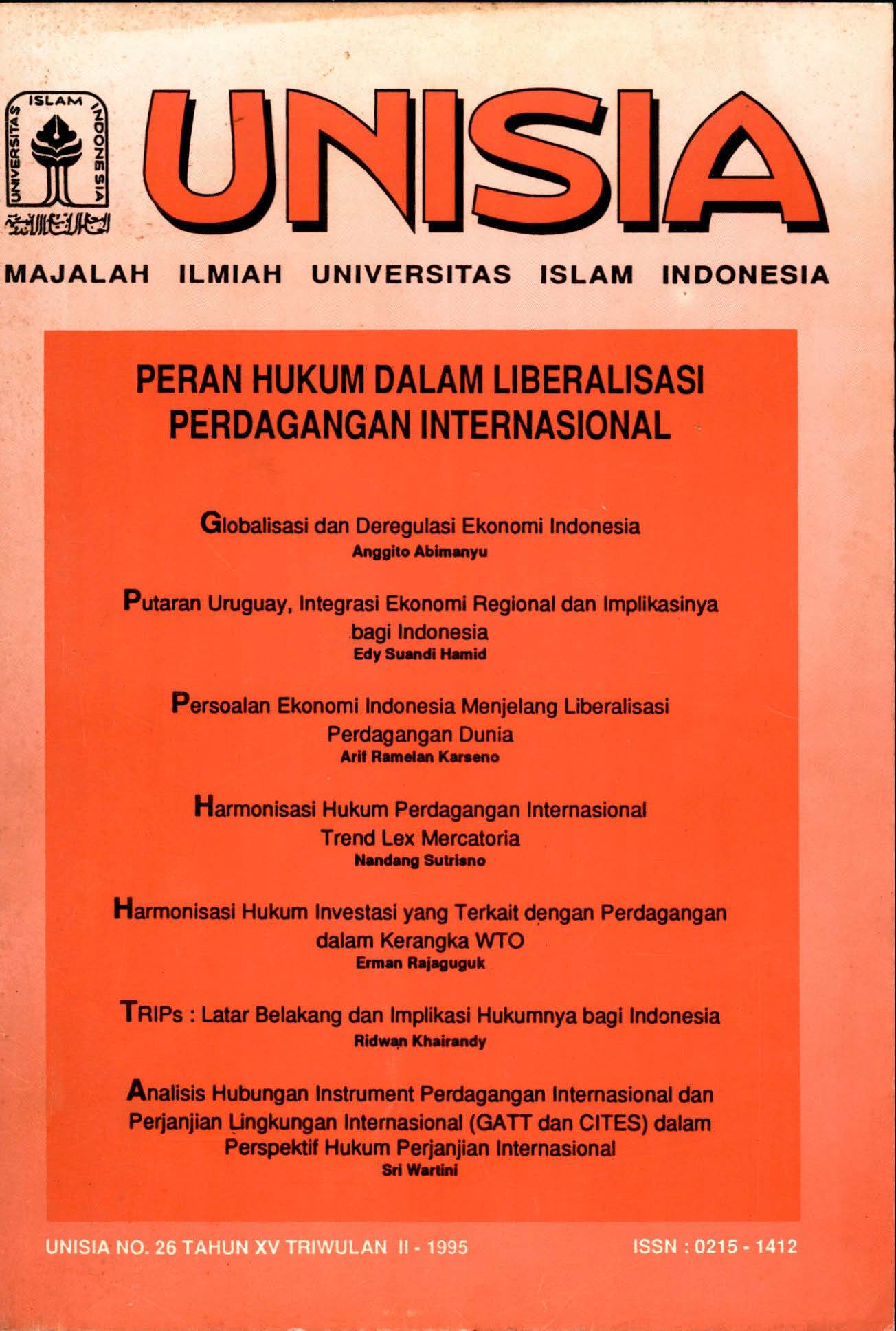Main Article Content
Abstract
The role of cooperatives in Indonesian economic development is basically as a constructor of people's economic power. As such, during the first Indonesian long term development period, cooperatives had achieve a very significant progress. It's number increased from 9,339 to 39,031 during the period, and the amount of it's member increased significantlyfrom only TJ million to 33.0 million. In addition, while it's working capital rised from Rp. 21.9 billion to Rp. 3.1 trillion, it's sales volume rised from Rp. 74,0 billion to Rp. 3.8 trillion. However, in compare to another business sectors, cooperatives still left far behind. It is total amount of asset accounted only about 0.5% of Indonesian total business asset, and it's sales volume accounted only about 2.3% of Indonesian total business sales volume. Based on the facts, the author then analyze the factors causing that unequal condition and propose the methods to accelerate the progress of cooperatives. In the internal sector, the author suggest cooperatives to put emphasize on the profesionalization of it's institutional management, and on it's human resource development. While in the external sector, in order to promote fair capital distribution and fair business competition, the author suggest the government to increase it's control toward Indonesian banking practise.
Article Details
- Authors retain copyright and grant the journal right of first publication with the work simultaneously licensed under a Creative Commons Attribution License that allows others to share the work with an acknowledgement of the work's authorship and initial publication in this journal.
- Authors are able to enter into separate, additional contractual arrangements for the non-exclusive distribution of the journal's published version of the work (e.g., post it to an institutional repository or publish it in a book), with an acknowledgement of its initial publication in this journal.
- Authors are permitted and encouraged to post their work online (e.g., in institutional repositories or on their website) prior to and during the submission process, as it can lead to productive exchanges, as well as earlier and greater citation of published work.




